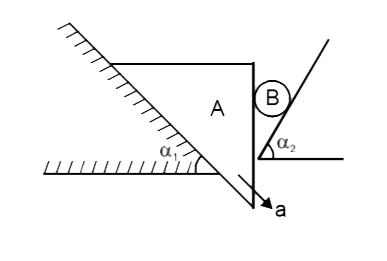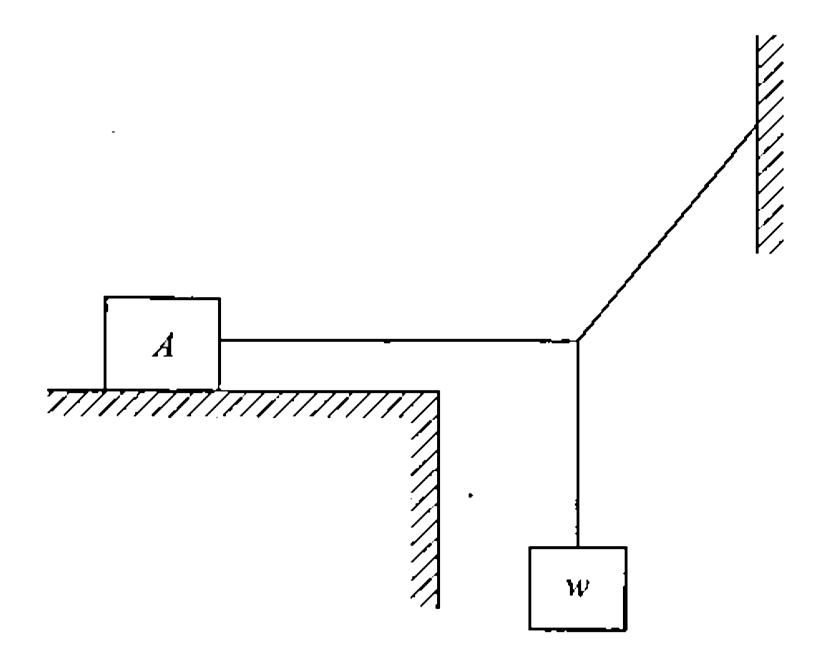In the situation as shown in the figure if acceleration of B is a, then find the acceleration of A (B always remain horizintal), 
A
asinθ
B
acotθ
C
2atanθ
D
2acosθ
Video Solution
Text Solution
The correct Answer is:D
Components of acclerations of A and B along normal (ˆn) to the incline of wedge should be the same
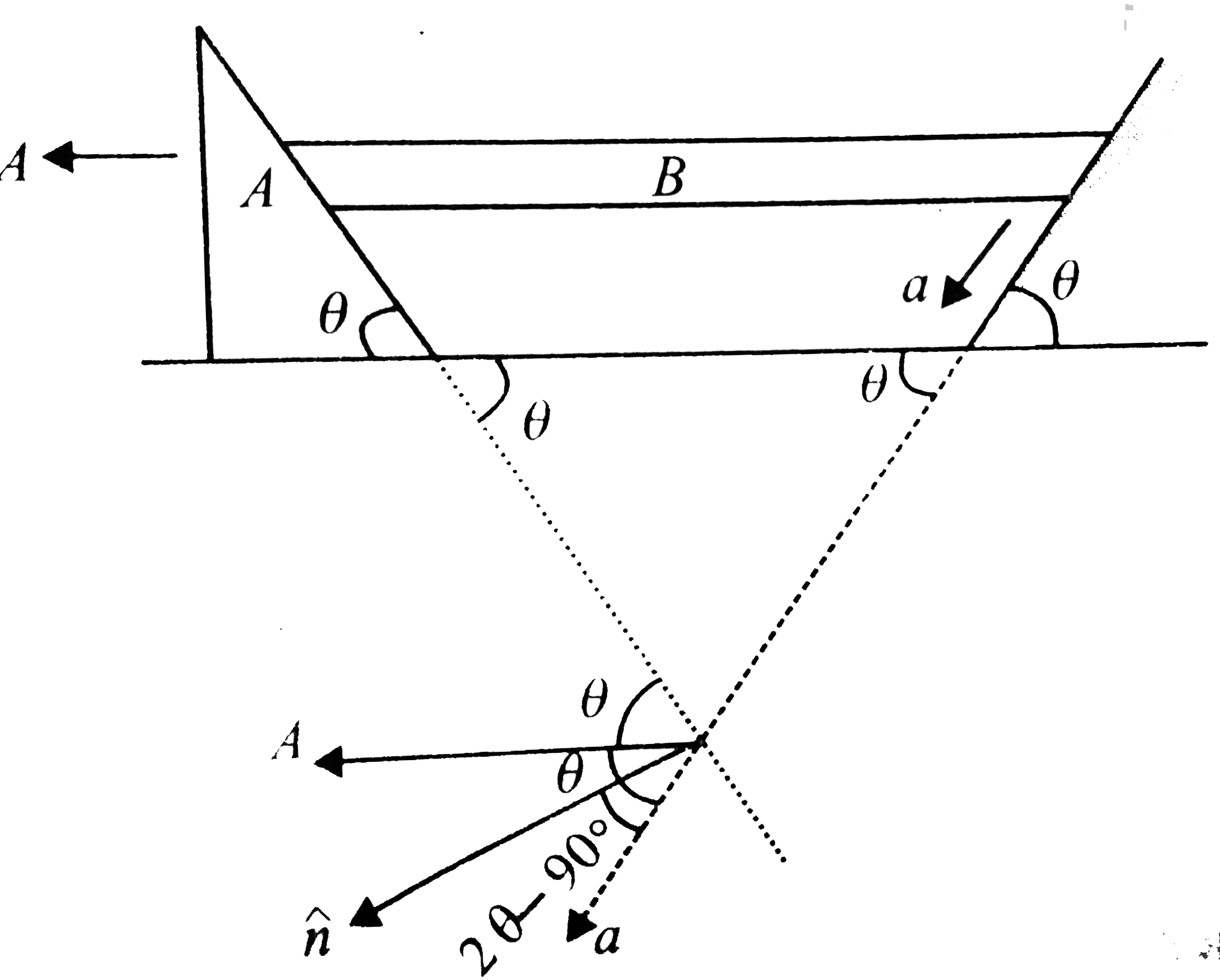
⇒Asinθ=acos(2θ−90∘)
⇒Asinθ=asin2θ
⇒A=2acosθ
|
Topper's Solved these Questions
- MISCELLANEOUS VOLUME 2Book:CENGAGE PHYSICSChapter:MISCELLANEOUS VOLUME 2Exercise:MCQ_TYPE
Explore 20 Videos
- MISCELLANEOUS VOLUME 2Book:CENGAGE PHYSICSChapter:MISCELLANEOUS VOLUME 2Exercise:LC_TYPE
Explore 34 Videos
- MISCELLANEOUS KINEMATICSBook:CENGAGE PHYSICSChapter:MISCELLANEOUS KINEMATICSExercise:Interger type
Explore 3 Videos
- NEWTON'S LAWS OF MOTION 1Book:CENGAGE PHYSICSChapter:NEWTON'S LAWS OF MOTION 1Exercise:Integer
Explore 5 Videos
Similar Questions
Knowledge Check
Consider the situation shown in the figure.
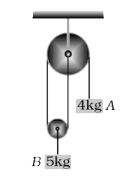
Find acceleration of B.Ag7B2g7C3g7D2g5Consider the situation shown in the figure.
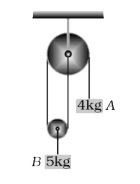
Find acceleration of A.A2g7Bg7C3g7D2g5In the arrangement shown in figure, if the acceleration of B is ¯a , then find the acceleration of A
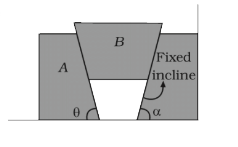 Aa sin αBa cot θCa tan θDa (sin α cot θ + cos α)
Aa sin αBa cot θCa tan θDa (sin α cot θ + cos α)
In the arrangement shown in fig., if the acceleration of B is →a. Then find the acceleration of A.

View SolutionIn the system shown in the figure the acceleration of 1kg mass is
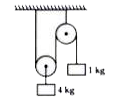
View SolutionIn the system shown in the figure, the acceleration of 1 kg mass is
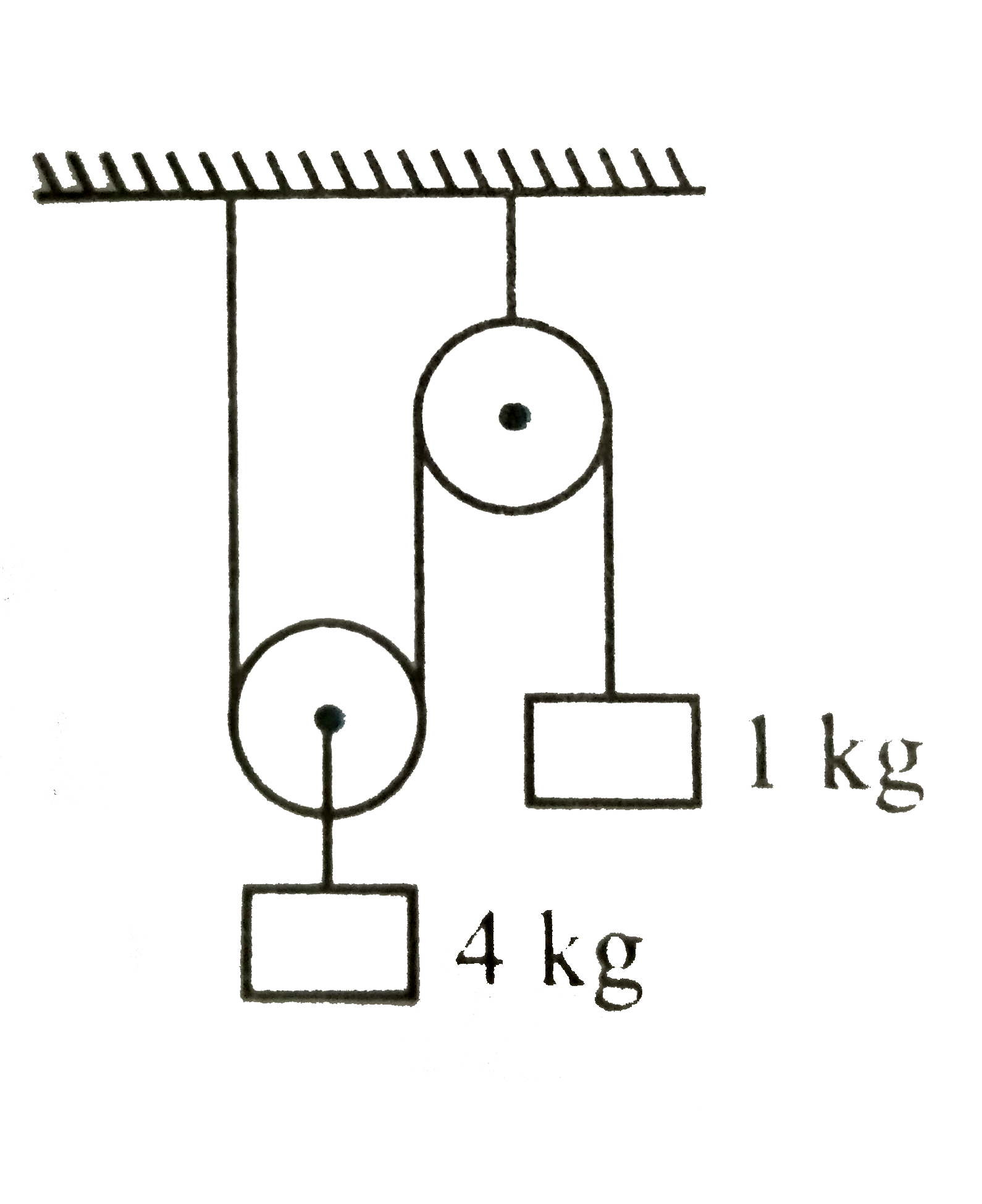
View SolutionIn the system shown in the figure, the acceleration of 1 kg block is

View SolutionFor the system shown in figure, the acceleration of the block is :-
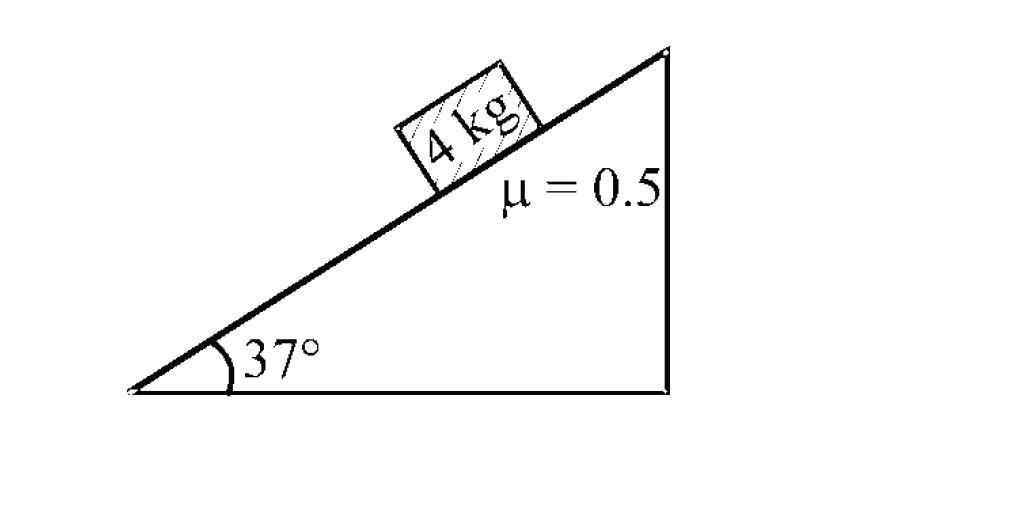
View Solution


